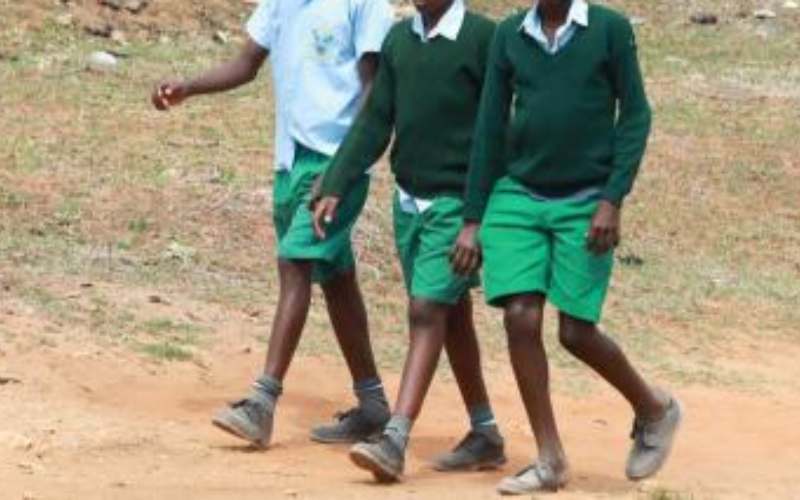Boys can experience various forms of abuse, including physical harm or injury inflicted by a caregiver, family member, or even peers.
Verbal or non-verbal behaviours that belittle, humiliate, or reject a boy, by damaging his self-esteem and emotional well-being.
Any form of sexual contact or exploitation, including molestation, rape, or grooming. Failure to provide basic needs, such as food, shelter, clothing, or supervision, which can lead to physical, emotional, or psychological harm infringes on the boy child’s rights.
Manipulative or controlling behaviours that can cause emotional distress, anxiety, or fear is also abuse.
Various forms of abuse can be observed in the hands of family members, caregivers, or relatives, teachers, peers, or other school staff, and even by strangers, acquaintances, or peers in the community, and even through cyberbullying, online harassment, or exploitation.
ALSO READ;
Audit flags idle classrooms and ICT hubs despite millions spent on constituency projects
It’s essential to recognize the signs of abuse and provide support to boys who may be experiencing it.
Protecting the boy child from abuse requires a multifaceted approach that involves parents, educators, communities, and society as a whole. Here are some strategies to consider:
The boy child has to be encouraged through open and honest communication with boys, creating a safe space for them to express their feelings and concerns without fear of judgment.
Boys have to be educated about appropriate boundaries, consent, and healthy relationships. They have to be taught about their rights and how to recognize and report abuse
Teachers have to provide positive male role models who demonstrate respect, empathy, and kindness. This can help boys develop healthy attitudes towards themselves and others.
Establishing support systems for boys, such as mentorship programs, counseling services, and peer support groups, where they can seek help and guidance.
ALSO READ;
Women MPs urge Maasai women to reject harmful traditions, champion education
Engaging communities in promoting the protection of boys from abuse can include awareness campaigns, workshops, and community events that focus on boys’ well-being.
Teachers have to advocate for policies and legislations that protect children from abuse and ensure that perpetrators are held accountable.
Parents have to be encouraged to be actively involved in their children’s lives, monitoring their well-being and addressing any signs of abuse promptly.
Teachers have to assist in implementing school programmes that address issues of abuse, bullying, and mental health, providing boys with the tools they need to navigate challenges.
By working together and implementing these strategies, we can create a safer environment for boys and help them thrive.
By Hillary Muhalya
You can also follow our social media pages on Twitter: Education News KE and Facebook: Education News Newspaper for timely updates.
>>> Click here to stay up-to-date with trending regional stories
>>> Click here to read more informed opinions on the country’s education landscape






